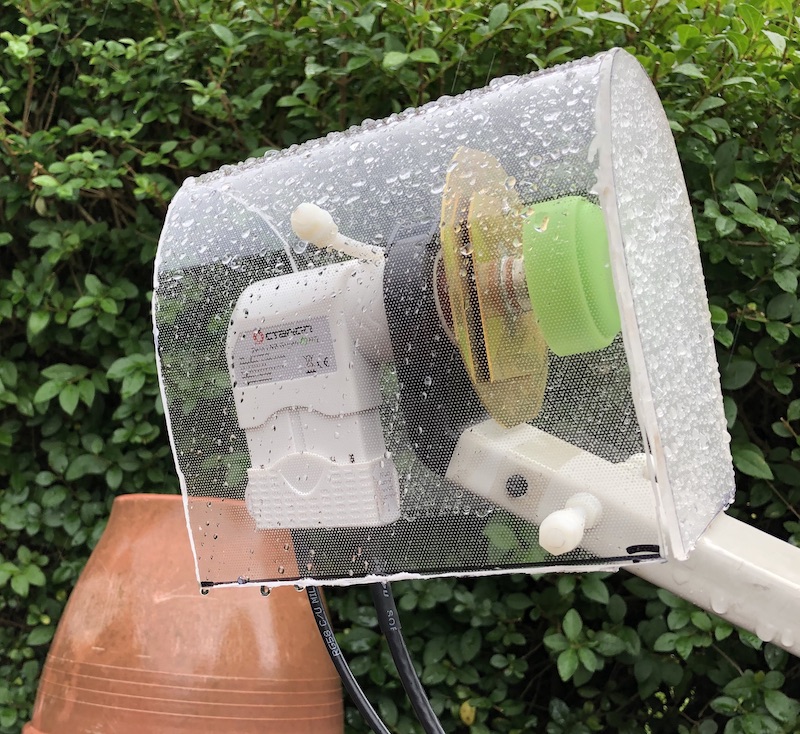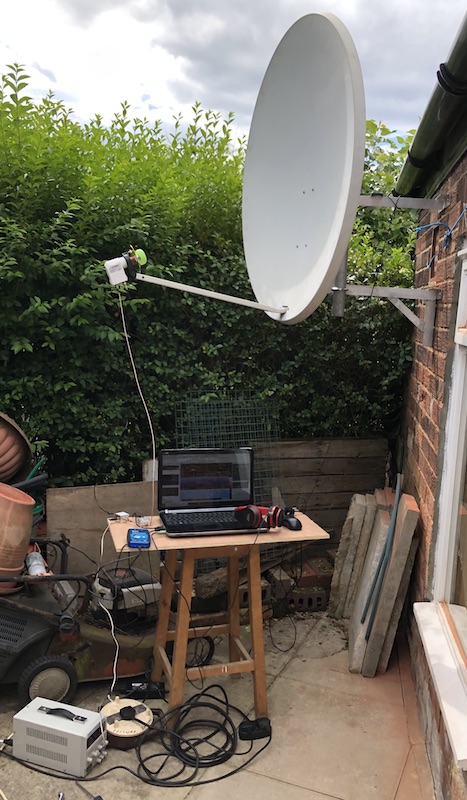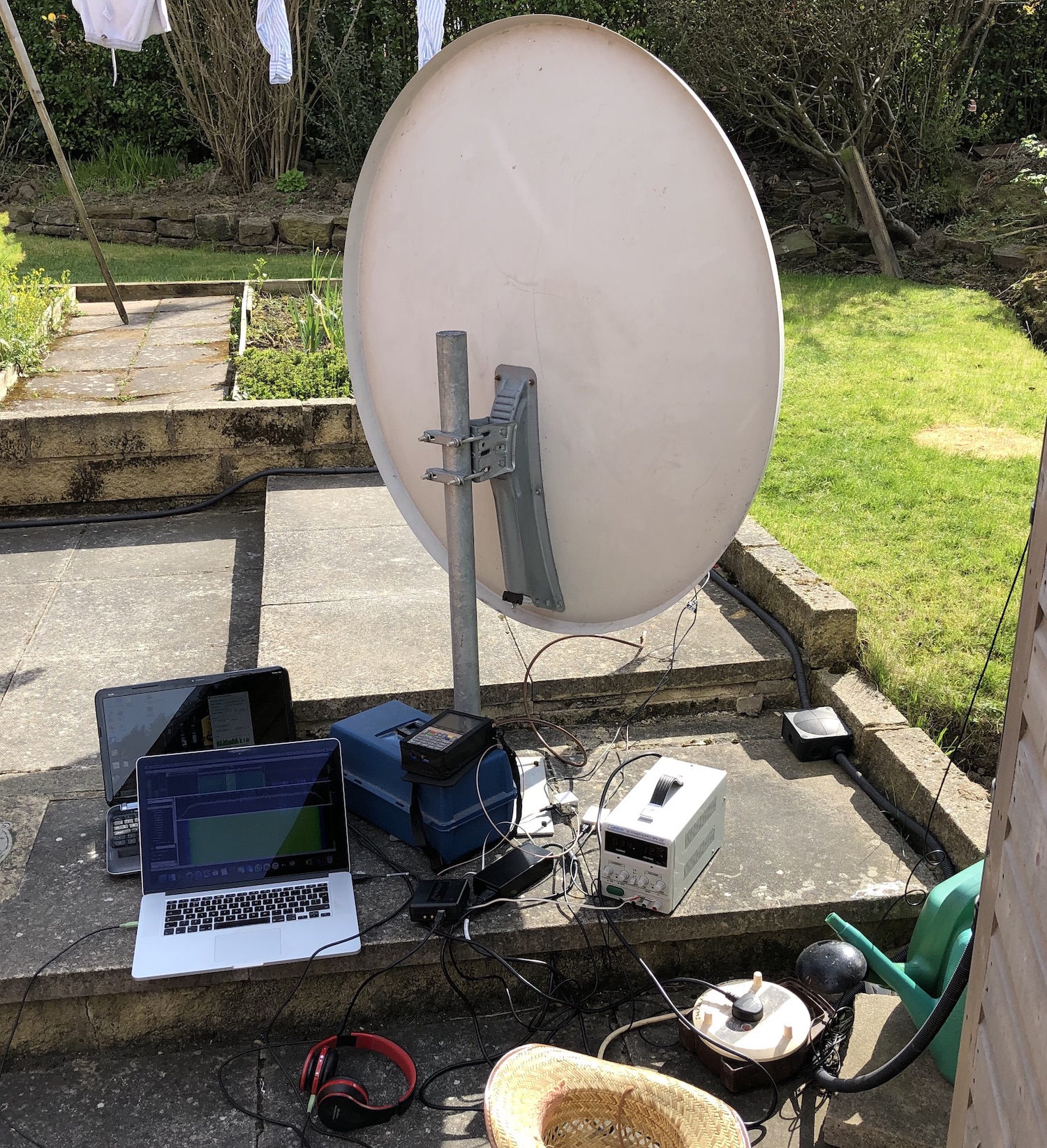Been having fun with the Pluto today. It has been working fine, though not used very often with SDR Console on my acquire Windows 10 laptop but today I needed an SSB source to find a fault on the TR-9130 which had gone deaf on SSB. The Pluto made an ideal source and helped me to find out I’d got the gain and RIT controls mixed up and so had turned the gain right down! D’oh. So, after putting the TR back on the shelf it gave me the opportunity to finally fiddle with the Pluto.
First off, when transmitting on SDR Console the transmission breaks at a regular short interval. Googling (well, actually these days DuckDuckGo’ing – does that work?) found some info which I tried but to no avail. Someone mentioned that it worked fine in SDR Angel so I downloaded this and after watching YouTube I managed to get a decent output. Not sure what I’ve done wrong with SDR Console but that will wait for now.
But I really wanted to use the Pluto on the Linux box. Some time ago I had a go at installing the Gnu Radio software along with the modules that make the Pluto work. Ages back I tried but I could never get it to compile but since then I have upgraded Ubuntu to 18.04. This time it all seemed to go in but the software cannot see the Pluto. There is something obvious that I am missing here.
Anyway, I installed SDR Angel on the Linux box via snapd and it loads fine but it cannot see the Pluto. Probably no surprise because Gnu Radio can’t either and I had forgotten of course!
As an intermediate step here I have ordered a USB to Ethernet adapter as someone posted information about this and he can access his Pluto that way. That doesn’t mean I will carry on trying to crack why the Pluto is invisible to Gnu Radio and SDR Angel but it will help once I finally get the dish set up for QO100 as the Pluto will be out in the workshop as close to the dish as possible while still under cover, and I will want to drive it over the wires. More on that later as I still need a decent galvanised pole and some concrete and we’re still locked down here.
For completeness on the Pluto issues, iio_info -s finds the Pluto fine, and avahi-resolve —name pluto.local tells me it is on 192.168.2.1 as expected. But neither iio_info -n pluto.local or iio_info -n 192.168.2.1 will work, both stating ‘Unable to create IIO context: Connection timed out’.
Update: Typical. Reading what I have written got me thinking that this is simply a routing issue. When plugged in the Pluto appears as a USB Ethernet device and fails because it is not on the same subnet. Closing that and running ifconfig by hand I updated the Ethernet device Pluto ‘becomes’ by giving it the IP address 192.168.2.2 and the netmask 255.255.255.0 and now I can see the Pluto – I can ping it and iio_info -n 192.168.2.1 finds it. and running gnuradio-conpanion (NB I already compiled this with the relevant libraries for the Pluto) it can see the device.





